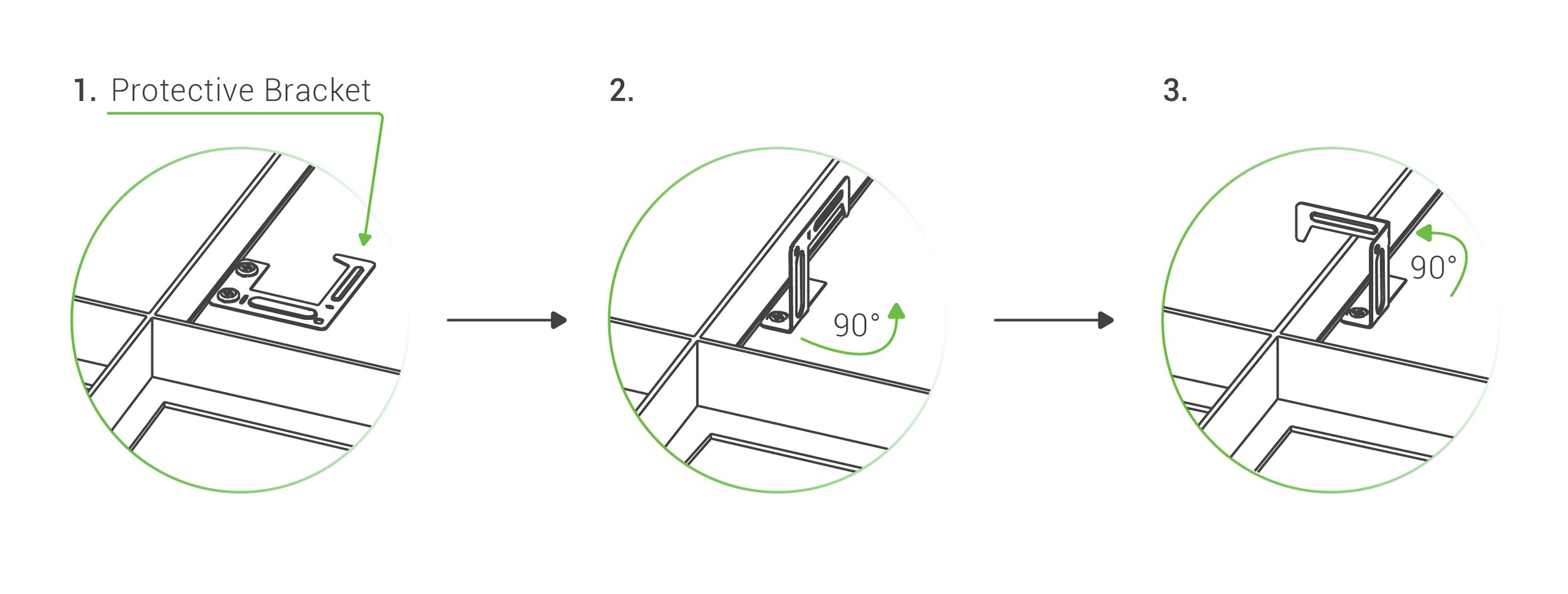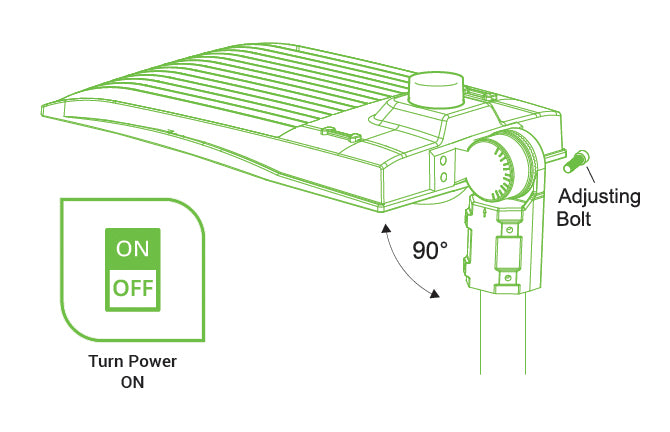The choice between recessed can or junction box often comes down to the type of space where you are installing the downlight. To select either a J-Box or a Recessed Can, you should examine your needs, the space where you will be placing the downlight, and how the downlight will secure in that space.
If you are looking to fit in a small space or adjust to joists that are right beside where you want your downlight, please consider a Slim or a Slim with Integrated J-Box.
What junction box and recessed can are designed to do:
Junction boxes (J-boxes) are designed to:
- Protect, secure, and enclose wiring connections to prevent physical damage
- May act as a mounting mechanism
- Prevent live wires from accidental contact with device wiring for both fire safety reasons and to prevent electrical shock
Recessed cans cover the same issues above, but in different ways:
- Include an enclosed, complete housing (the housing/can itself)
- Acts as a mounting mechanism
- No wire leads extend outside of it, unless contained inside wiring conduit, such as in our Remodel Cans and New Construction Cans.
Sunco Recessed Cans and Downlight Types:
New Construction – Recessed cans of this type are designed to be surrounded by insulation in a ceiling when they are IC rated like those offered by Sunco. They are installed into framing during new construction or new build out of a building. Secures to the framing with bar hangers prior to installing drywall and ceiling materials. Does not include an LED light. Sunco’s fixture does include a J-Box.
Remodel – Remodel recessed light cans are inserted into ceilings that are already installed. For your convenience, a J-Box is included in Sunco’s remodel can. These units are smaller in height than the New Construction style. Remodeling clips secure the can in the roof or overhead joist space into ceiling drywall or plaster. Does not include an LED light. Sunco’s fixture does include a J-Box.
Slims (with J-Box or Integrated J-Box) – Offers a thin profile for remodeling or in tight ceiling spaces, such as beside joists. Some of Sunco’s slims fit within a 2” minimum height clearance! Can be metal or plastic J-box. Typically secures with spring brackets in ceiling.
Disk Downlights – Similar to slim, except that it does not include a J-Box. Sunco Disks are direct wired to your junction box. Includes metal wire brackets to install in a can, if preferred. Could also install directly to the ceiling.
Retrofit Downlights – New Construction and Remodel Cans do not include LED lights or J-boxes. You can add LED retrofit downlights in 4/5/6-inch cans. Typically secures with metal mounting bracket. Some are adjustable between 5” and 6” cans by modifying the placement of a screw to fit.
Installed correctly, our IC Rated recessed lighting can be placed adjacent to insulation in ceiling spaces without fire issues.
NOTE: Electrical regulations may vary by region. Please speak with a qualified, professional electrician or contractor to confirm requirements regarding your unique installation.














